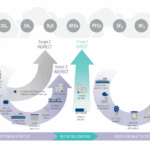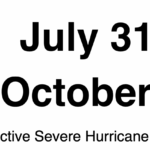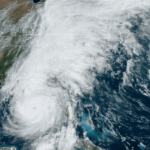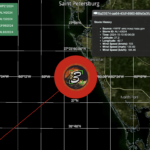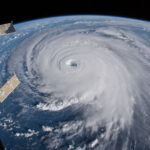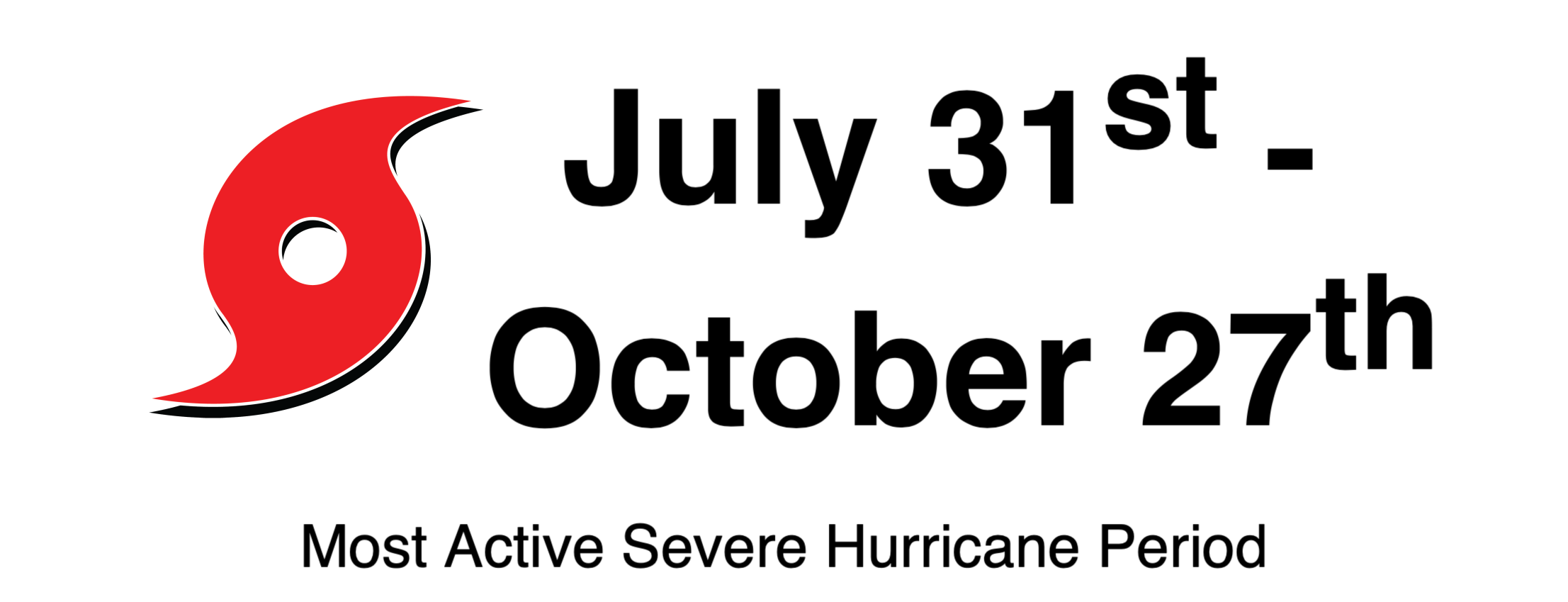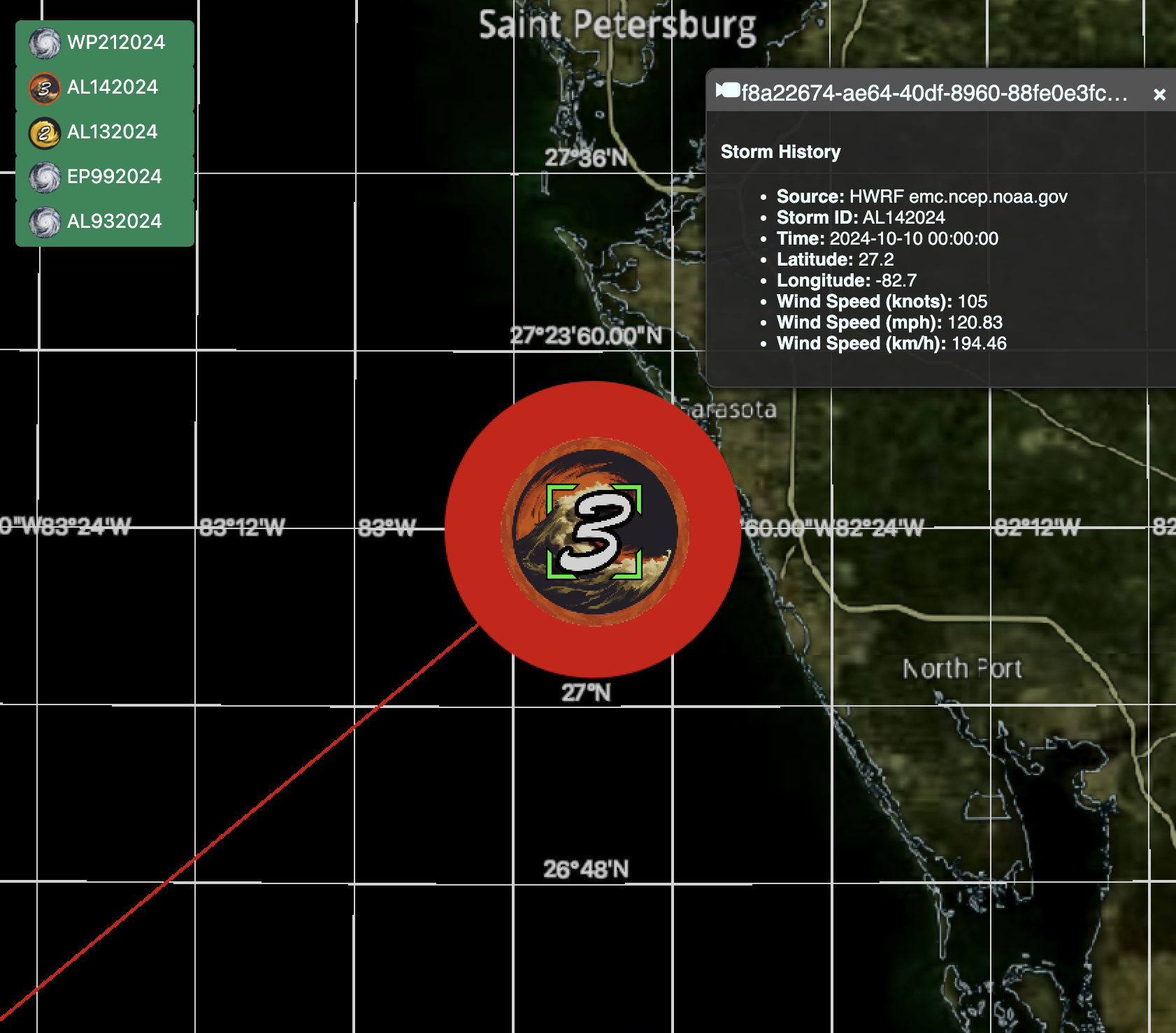Cyclone Freddy was a very fierce, surprisingly chronic, high-octane, and lethal storm that made its way across the Southern part of the Indian Ocean for almost six weeks in March and February 2023.
Satellite image of cyclone Freddy generated via Stability-AI
What Determined the Intensity of Cyclone Freddy?
To determine if Tropical Cyclone Freddy has surpassed the record for the most prolonged tropical cyclone ever, the International Meteorological Organization has established an expert committee. It was an officially designated tropical cyclone over 34 days, traveling more than 8,000 kilometers across the South Indian Ocean. An average entire North Atlantic hurricane season’s worth of energy is represented by the cumulative cyclone energy (an indicator used to assess the energy delivered by a tropical cyclone).
The Effects of Cyclone Freddy
There are significant socioeconomic and humanitarian effects, but National Meteorological and Hydrological Services’ precise early warnings and synchronized disaster management on the ground saved even more casualties, underscoring the critical significance of Early Warnings for All. Early unverified sources mentioned 190 fatalities.
On March 11, Freddy made landfall in the province of Zambezia in northern Mozambique, as reported by the National Meteorological Hydrological Service (INAM). This is Freddy’s second time touching down in Mozambique.
Large areas have been affected by destructive winds, storm surges, and extremely heavy rains, notably Northeast Zimbabwe, Southeast Zambia, Malawi, and Mozambique.
Floods as a result of Cyclone Freddy generated via Stability-AI
It is anticipated that there will be 200 to 300 mm of rain overall, with as much as 400 to 500 mm falling over Mozambique’s landing zone and in the mountain ranges, potentially leading to serious floods. In a handful of days, this is more rainfall than is typically received in a month.
And over 300 to 400 mm of rain might fall in Malawi over 48 hours, resulting in flash floods and extensive flooding. People were warned to relocate to higher ground, heed any evacuation orders, avoid rivers, and migrate to higher ground by Malawi’s Directorate of Climate Change and Meteorological Services. It issued a warning about the possibility of electrical lines, pit latrines, and buildings collapsing.
Flooding from Freddy’s initial passage and from high seasonal rains, which result in overflowing rivers and soggy terrain, will be made worse by the current downpour. In the previous month, rainfall in southern Mozambique was equivalent to further than a year’s worth, while in the previous week, rainfall in Madagascar was three times the monthly normal.
On February 21 and 24, respectively, the storm initially came ashore in Madagascar and Southern Mozambique. It brought torrential rainfall and flooding as it tracked across Mozambique and Zimbabwe for several days. After picking up energy from the warm waters, it headed more toward the southwestern coast of Madagascar before circling back towards the Mozambique Channel and back towards Mozambique.
People’s Perspectives
“On the impacted populations, Freddy is having a significant socioeconomic and humanitarian impact. Although even one victim is one too many, the death toll has been kept to a minimum thanks to accurate forecasts, early warnings, and integrated disaster risk reduction efforts on the ground “said Dr. Johan Stander, director of WMO Services.
“The UN Early Warnings for Everyone initiative’s significance in ensuring that everyone is safeguarded over the next five years is once again highlighted by this. To do this and address hazards associated with severe weather and climate change, one of the most significant problems of our time, WMO is dedicated to cooperating with our partners “said he.
The National Meteorological and Hydrological Services of Madagascar, Mozambique, and Malawi provided the WMO’s Regional Specialized Meteorological Centre La Réunion (Meteo-France) and the disaster management and humanitarian communities with early warnings of the storm, allowing for the pre-positioning of food supplies and evacuations.
Fatalities of the Cyclone
According to the report from OCHA on 6 March, four people have perished in Madagascar as a result of the most recent rains, increasing the death toll from Freddy to at least 21 fatalities (10 in Mozambique and 11 in Madagascar). According to the Malawi Red Cross Association, 66 persons have passed away in Malawi, 93 have been injured, and 16 have been reported missing as of March 13th.
According to INGD, Mozambique’s national disaster management organization, 1.75 million people have been impacted, with over 8,000 having been relocated.
The storm that might break records Freddy was tremendous in terms of meteorology. A few hundred kilometers off the Australian northwest coast, Freddy was given the name by the Australian Bureau of Meteorology, which serves as a WMO regional center, on February 6.
Devastation as a result of Cyclone Freddy generated via Stability-AI
Freddy affected Mauritius and La Réunion on its long trek to Madagascar, traveling across the whole Indian Ocean from east to west. Such a super circumferential track is uncommon. Tropical Cyclones Leon-Eline and Hudah, including both 2000, which like 2023 was a la Nia year, were the most recent examples to be noted.
The Intergovernmental Panel on Climate Change (IPCC) reports that increases in heavy precipitation and pluvial floods have been recorded and are anticipated for Madagascar and East Southern Africa. The frequency of categories 4-5 tropical cyclones, average tropical storm wind speeds, and related heavy precipitation are all expected to increase.
Worldwide, increasing average sea levels will cause the exceptional sea levels brought on by tropical cyclones to rise as well. An increase in tropical cyclone average intensity, storm surge size, and precipitation rates will make coastal dangers worse. On a worldwide basis, there needs to be more confidence that the incidence of tropical cyclones will vary in the future.
On February 21, 2023, at 7:20 p.m. local time, Tropical Cyclone Freddy hit land 18 miles north of the town of Mananjary on Madagascar’s eastern coast. It was the storm’s first landfall after more than 4,000 miles of a journey across the Indian Ocean since it initially formed on February 5 near Indonesia. The deadly storm has so far killed five people in addition to battering the island with severe storm surges, devastation-causing winds, and torrential rainfall. The storm passed to the north of Madagascar, causing some flooding and moderate devastation on the archipelago of Mauritius and La Reunion.
Unexpected Second Landfall
The immensely lethal Tropical Cyclone Freddy made an unprecedented second landfall that has killed more than 216 people in Mozambique and Malawi since the 12th of March 2023. This death toll is not the final and, might rise soon.
Electricity, phone lines, and internet connectivity remain affected to date.
Deaths caused by Cyclone Freddy generated via Stability-AI
Amnesty International, the renowned Human rights group has urged the global community to deploy resources and enhance aid, help rescue, and relied on efforts in these countries.
Freddy first surfaced in and around Australia at the beginning of February and is determined to be the longest-running tropical cyclone.
Cyclone Freddy has been wreaking havoc in the southern part of Africa by the end of February 2023. It also belabored the island countries of Madagascar and Reunion in February as it made its way across the Indian Ocean.
Thousands of homes have been wrecked since the Tropical Cyclone made its landfall and several people continue to be displaced and stranded at rescue shelters. The cyclone is unlikely to cease and desist anytime soon.
Stormy winds, severe rainfall, and raging floods have left many people without homes, solace, and livelihood.
It is predicted that the cyclone will eventually cause destruction in eastern Africa as well.
Wrapping Up
The cyclone is not the only concern affecting the people in Malawi and Mozambique. Cholera is also a devastating aftermath of this cruel twist of nature due to the disruption of clean water supply and shortage of edible food.
We can only hope and pray that the calamity ends soon and normalcy is restored.
Prayers for the ones affected (Image generated by Stability-AI)
***
*** If you want to generate AI images click on the link; https://replicate.com/stability-ai/stable-diffusion
****
References:
Tropical Cyclone Freddy Breaks Records before Lashing Madagascar
- World Meteorological Organization, 10 March 2023
Tropical Cyclone Freddy may set new record
https://public.wmo.int/en/media/news/tropical-cyclone-freddy-may-set-new-record
3. NPR. ORG March 14, 2023,
Cyclone Freddy wrecks Malawi and Mozambique, killing more than 200 people
https://www.npr.org/2023/03/14/1163380089/cyclone-freddy-malawi-mozambique-flooding-mudslides
***

